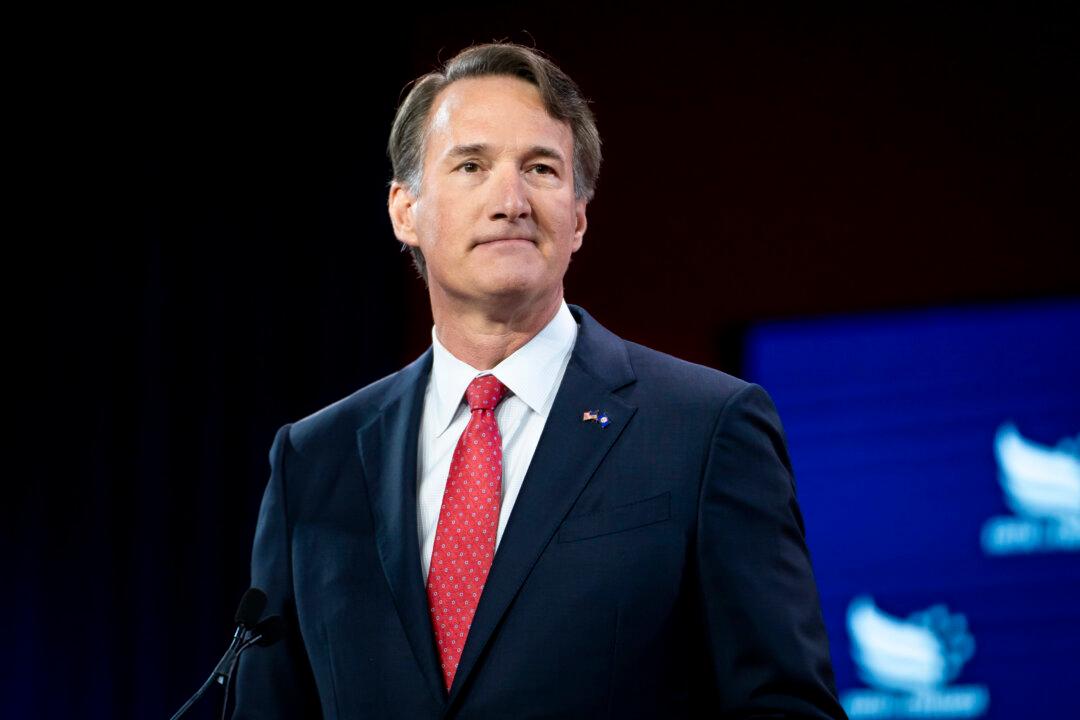Vice President Kamala Harris has tested negative for COVID-19 after she was designated a “close contact” with a fully-vaccinated staff member who tested positive for the virus, The White House said on Wednesday night.
Others who were in close contact with the staff member are being contacted and advised to get tested.
“The Vice President is tested on a regular basis. As a part of that regular testing, the Vice President received an antigen test this morning and tested negative,” the statement said. “Earlier today, after being notified of the staffer’s positive test, the Vice President received a PCR test and tested negative.”
Harris will be tested again on Friday and then again on Monday, as per guidance from the CDC.
The vice president will continue with her regular schedule and will not need to quarantine as per current CDC guidance, which state that fully vaccinated people are not required to quarantine after exposure to someone who has tested positive for COVID-19.
Harris was scheduled to depart Joint Base Andrews for Los Angeles on Wednesday evening where she and her husband Douglas Emhoff will remain through the New Year.
“Three days earlier, on Friday, that staff member had spent approximately 30 minutes in proximity to the President on Air Force One, on the way from Orangeburg, South Carolina to Philadelphia, Pennsylvania,” White House Press Secretary Jen Psaki said in a statement.
The staff member, who was also fully vaccinated and boosted, tested negative prior to boarding the aircraft but began experiencing symptoms on Dec. 19 before testing positive on Dec. 20.
The CDC said on Monday that the new Omicron COVID-19 variant now makes up at least 73 percent of new cases in the United States.
Meanwhile, new federal test sites will also be set up across the nation in the coming days, starting in New York City, to help “states that need additional testing capacity,” the White House said.
Officials in New York have warned of a serious burden being placed on the health system due to an increased demand for testing amid a rise in virus cases.
“What we really want to do in the urgent care is test the sick and the ill, and help distinguish those who have COVID from those who don’t … So what we need is a little bit of breathing room,” Shipley said.





